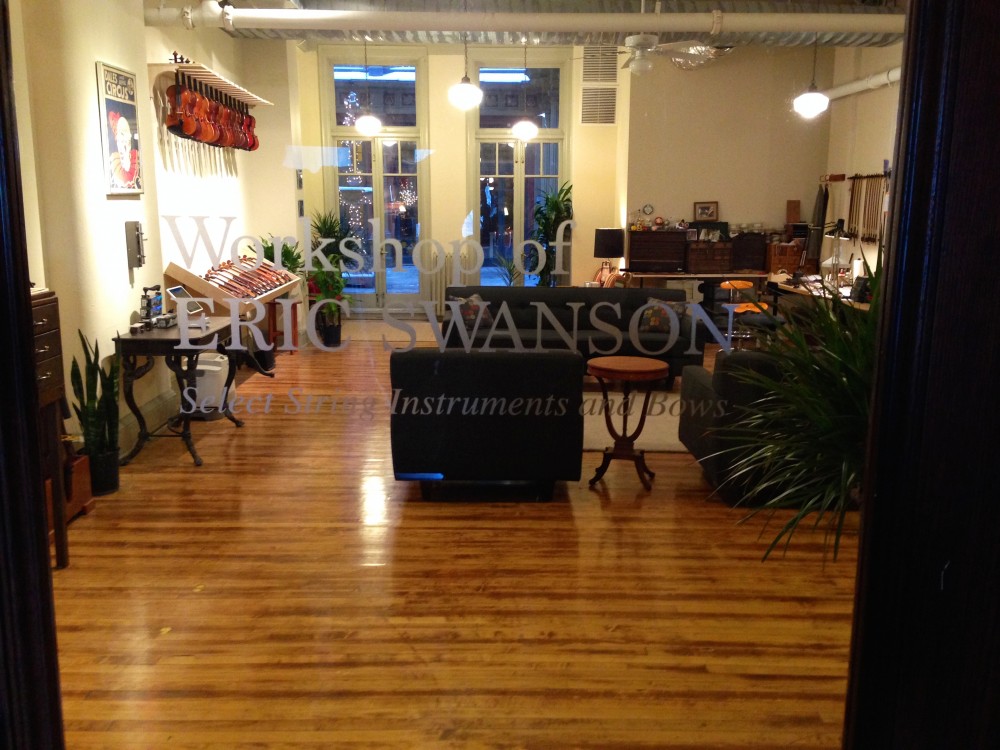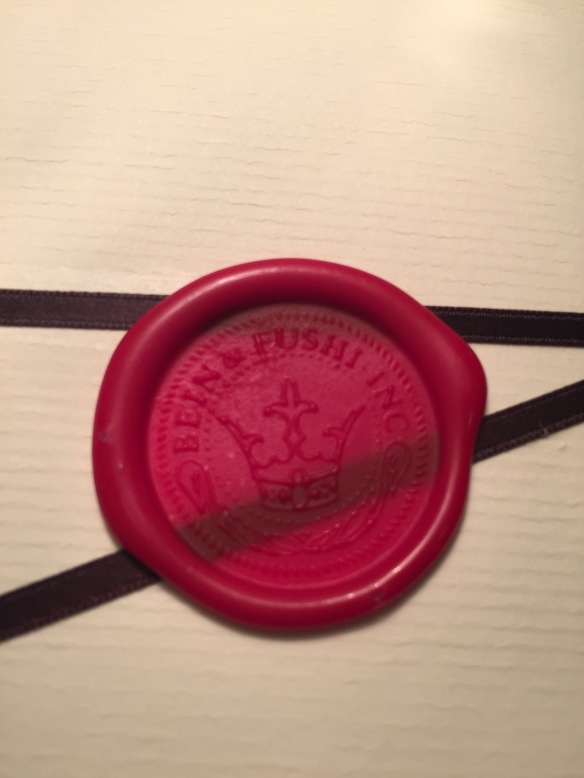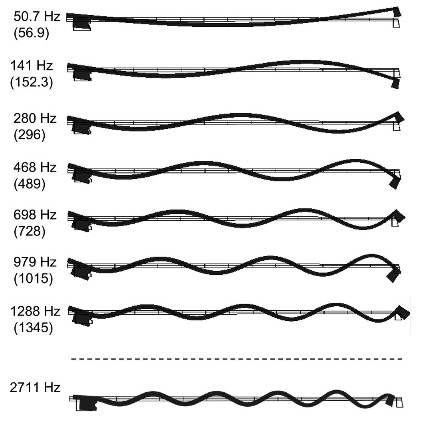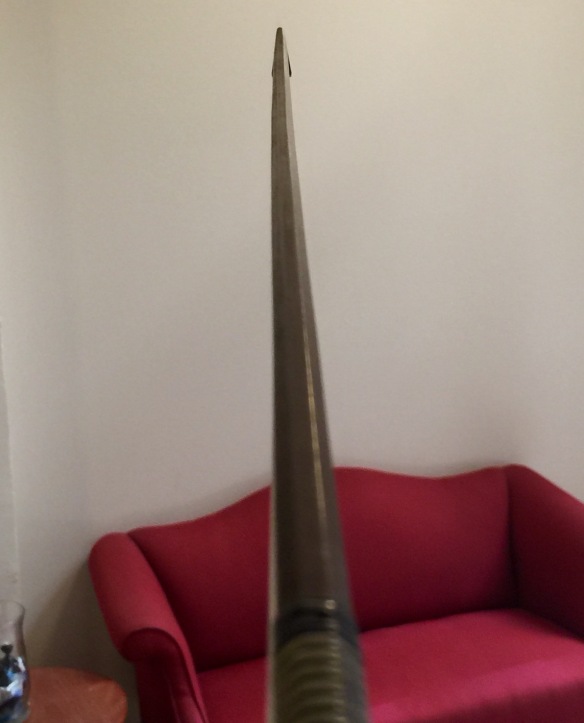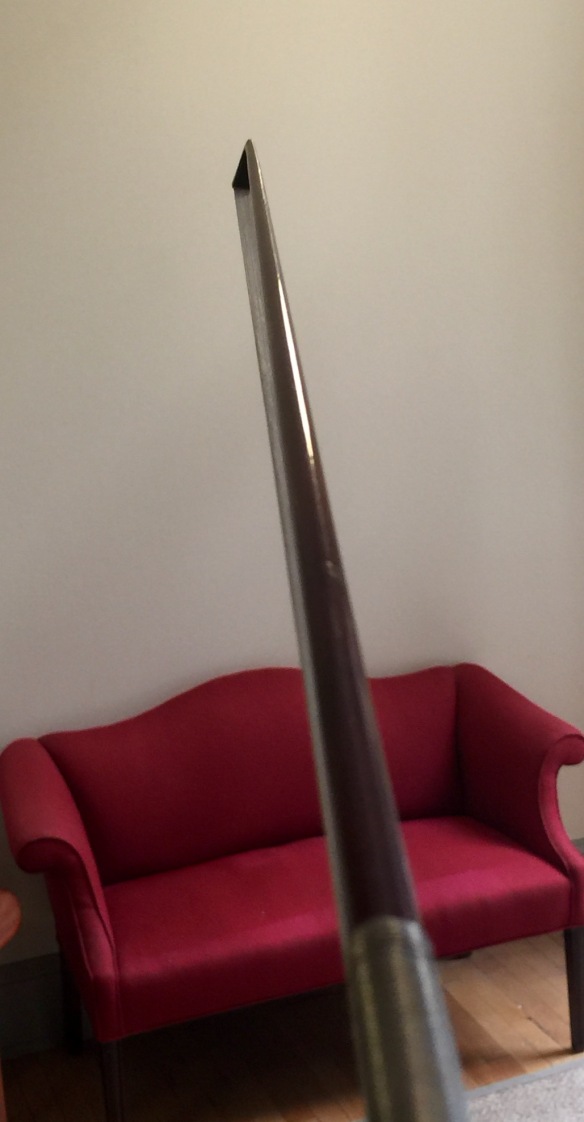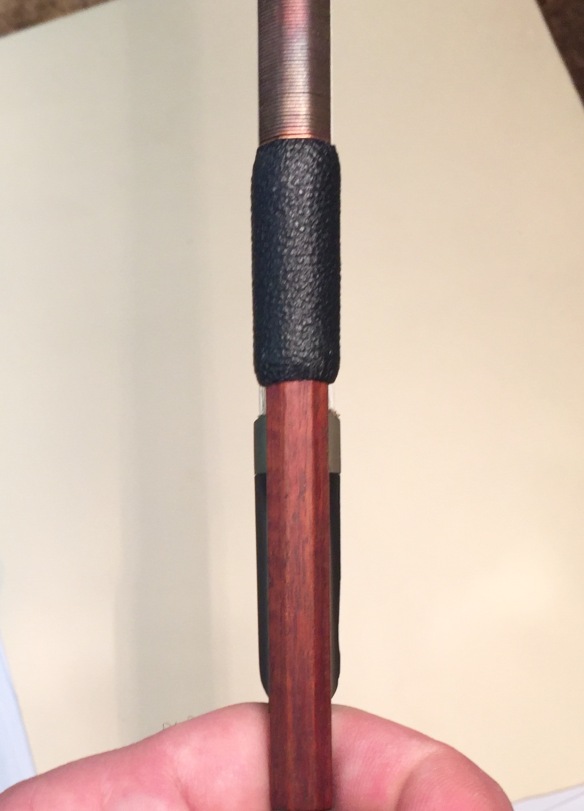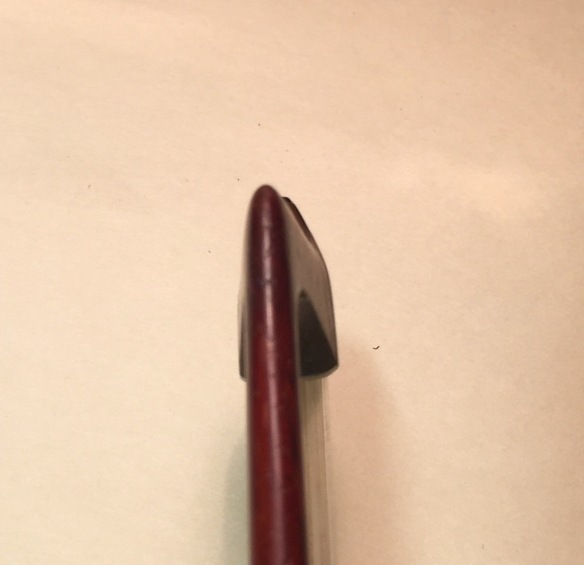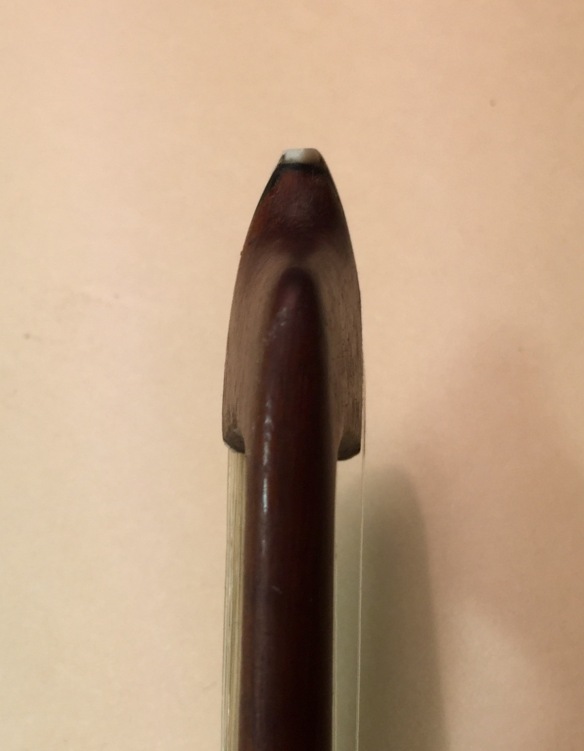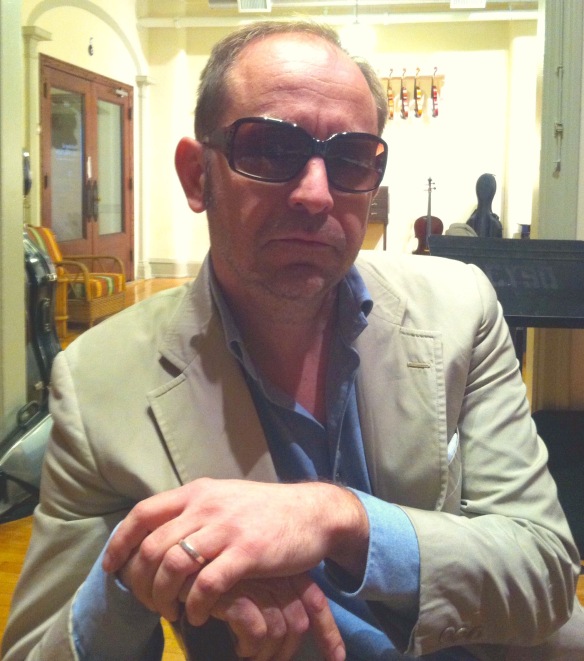
I’ve been meditating recently on the difficulties and challenges of self-employment and on the long road I’ve taken in my own professional life In the fiddle field. In a past article I talked about the feelings of vulnerability that can go along with doing repairs and service work and in a different piece I wrote about issues of isolation for luthiers and lack of understanding from others outside of the craft. Often times my postings are sharp critiques or rebukes of the business and the practices of its members, but I also have an affection and concern for those individuals who work hard day in and day out trying to ply their craft and make a living. Please realize that any effort I make at pointing out the flaws or problems in our field comes not only from a desire to help musicians, but to improve and move forward our trade and therefore help the plight of its practitioners.
As I approach my 50th birthday I think about others I know working in more conventional businesses. They’ve gotten promotions and raises, sometimes gone back to school and gotten supplemental qualifications or advanced degrees, been given new titles and responsibilities, gotten bigger offices and more benefits and vacation time, while I have sat at the bench, and worked and worked and worked, not always under the best of circumstances. Have I evolved too? Certainly, but it can be harder for a self-employed person, especially someone who works by themselves, to appreciate fully how much they’ve accomplished.
If you visit an active shop or violin making school, the atmosphere is more like a monastery with silent monks painstakingly illuminating religious texts than your average corporate office. Even in groups, we work alone. This actual or virtual isolation, lasting for years at a time, makes it difficult for our colleagues, customers, or even family members to understand what we do and what we go through in order to make a living in this competitive and challenging trade. Who hasn’t had to explain to an in-law, parent or significant other what we do as they stare back blankly, barely comprehending? I remember going to a doctors appointment and during the examination he casually asked me what I did for a living. When I told him, he looked at me a moment, blinked twice, and asked, “Can you make any money doing that?” I’m sure many of you have had the experience of meeting someone at a party or on an airplane and having to try and explain what you do. I have a colleague who always tells people he’s an accountant if they ask his profession, because he so sick of talking to them about Stradivarius and explaining that violins are made of maple and spruce.
The point is that our profession is such an anachronism in these modern times that people find it quite difficult to comprehend what it means to be a luthier, bow maker, violin shop owner, sales-person, or dealer. We are simply out of step. The auto correct function and dictation software on our electronic devices can’t even recognize the word, “luthier”. I’m going to say the word into my iPad right now and let’s see what happens: Lucifer. Uh ok, there you go. In our society we build hierarchies of status, mainly based on perceived income, power, educational level, and fame or celebrity. Where does our trade fit into this hierarchy? It’s vaguely associated with the arts and classical music, which certainly helps people understand some of what we do and appreciate it, but we’re still a mystery to most folks. Do we possess advanced degrees? Some do, some don’t, and a degree from a vocational school is hardly impressive in our status obsessed society. Do we make tons of money? You can do well, but it takes time and the highest paid members of our field could hardly be said to be in the “one percent”. Do we achieve renown or fame? Some are better known than others by their colleagues or players, but not especially among the public at large.
If we run a small shop, others in the trade usually have a, “I’ll believe it when I see it” mentality regarding our worthiness as craftsmen and our success or failure as business people. This, “show me” culture within the field has a certain amount of logic to it, but it also can create a situation where we receive so little industry based affirmation that we can periodically question our own worthiness. Unfortunately there are many examples of shops that have managed to stay in business despite the poor work quality and ethics of their owners. So even knowing that a craftsman has managed to stay in business in a crowded urban market for many years serving professional clientele at the top of their fields is usually not enough evidence for our inherently skeptical colleagues to say “job well done”. They need to examine a rehair or look at a neck set first! In this atmosphere it is too easy to be neurotic and self-doubting and/or over-confident and egotistical. Conversely there are plenty of examples of people with a “big name”, that many assume must be completely on the ball due to their trade-based fame. We seem to make excuses for some, overly condemn others, and just ignore most completely.
Being self-employed is a huge challenge both emotionally and practically. We can’t blame the boss when things don’t go well (complaining about customers is a different story), and those of us who work for ourselves can’t blame employees. You have to be comfortable with the sometimes uneven levels of income where there are periods of feast and famine. There are issues of overhead, consignments, bookkeeping, taxes, approvals, licenses, insurance and liability, etc. that you may find yourself distracted by or unprepared to deal with. Business dealings can be fraught with painful difficulties, where colleagues and/or customers may try to take advantage of us. For most, being self-employed is an evolutionary learning adventure, and many of us have to learn the hard way, where we try to grow and improve as a result of our mistakes more than our successes. So how do we judge success for ourselves? Is it when we sell one of our bows or instruments to a well known musician or when we gross a certain amount of money in a year? Is it when we win an award or competition, publish something in an industry magazine or gain membership in a professional organization? It’s different for everybody, but it certainly not clear is it?
Chasing a culturally approved definition of success for people involved in the arts and crafts can be so difficult and unfulfilling that it can affect ones sense of well-being. Those of us in the trade are basically combining a hobby with a job, which can be very satisfying but also make us over-specialized, over-focused, with potentially less outside pursuits, interests, and influences. This can lead to a kind of pathology of social isolation where we may devalue ourselves and overly denigrate others. There really isn’t much support or recognition in the field over these potentially PTSD-like issues which can manifest themselves as anxiety, loneliness, guilt, loss of interest and pleasure in work and even paranoia.
One should point out that there are organizations like the VSA and Fed which hold gatherings and competitions where like-minded individuals can meet and exchange ideas. There is also a collection of seminars and workshops available, such as the Oberlin Program that promote group learning and social activities. Facebook groups and online forums offer makers an opportunity to connect. All this is very helpful and healthy, but there are a few downsides. Sometimes groups can create atmospheres of assimilation and uniformity, where outsiders or those who don’t quite fit in are ostracized. In any gathering of people in the same field there is bound to be a certain amount of professional posturing and competition, where people may hide behind established rules to promote personal vendettas or prejudices. In addition to the manifestation of a kind of workplace envy, the creation of cliques and even cultish behavior are not uncommon. After all, a gang or cult can give you that which may feel is missing in your daily life, such as support, belonging, self-empowerment, etc. However there are usually rigid rules and a certain amount of corruption and abuse.
Despite the hardships, we should very thankful to be self employed in a field where we can work with our hands as well as our heads. Sometimes it’s so easy to lose track of how far we’ve come, but the friendship and thanks we receive from our customers puts the whole journey into perspective. We are not stuck in an office or scrambling to impress a superior – we challenge ourselves and strive to meet the needs of the musicians who come into our shops day after day. In an increasingly difficult economy we can actually do quite well if we keep the overhead reasonable, treat clients right, and always stand up for ourselves. If we make a point of consciously evolving and growing, it can pay off both financially and psychologically. Every year we need to learn more and more about our craft, the business, and ourselves. Do we feel overwhelmed sometimes? Yes. Do we periodically feel exhausted and burnt out? Hell yes. Are we shocked and dismayed by some of the business practices we are exposed to? Yup. Do we second guess our choice of career from time to time? Of course. Do we sometimes feel professionally isolated even in a field crammed with violin shops and luthiers? Certainly. However, the feeling of having a more direct hand in the creation of our own realities through the very grounding nature of craft-based labor and the freedom and independence afforded by self-employment can make it all worthwhile.
